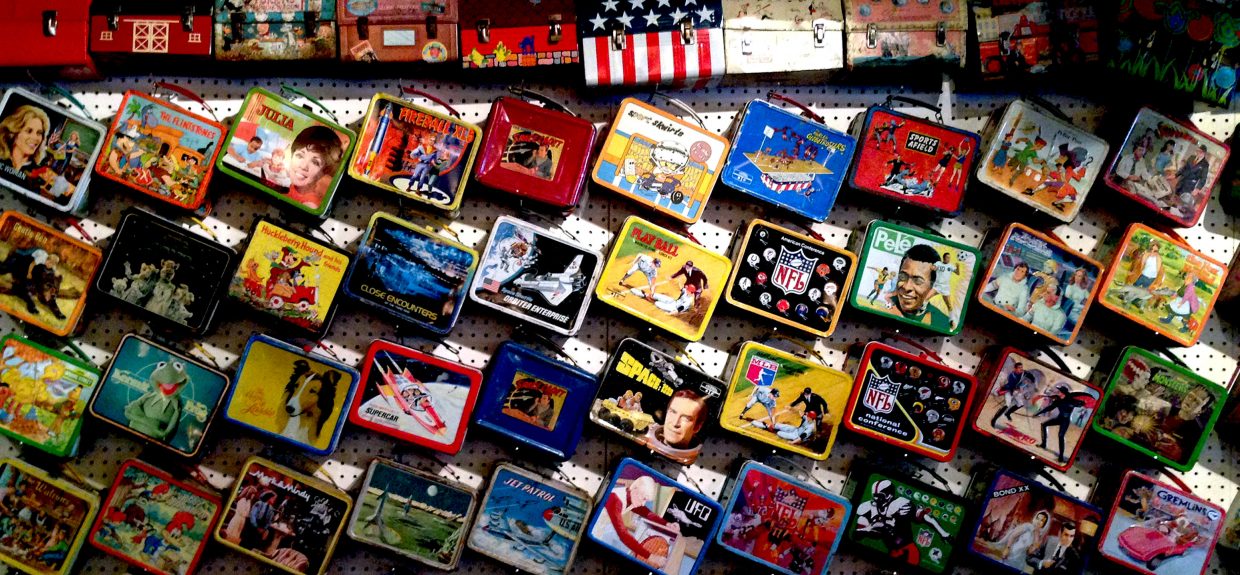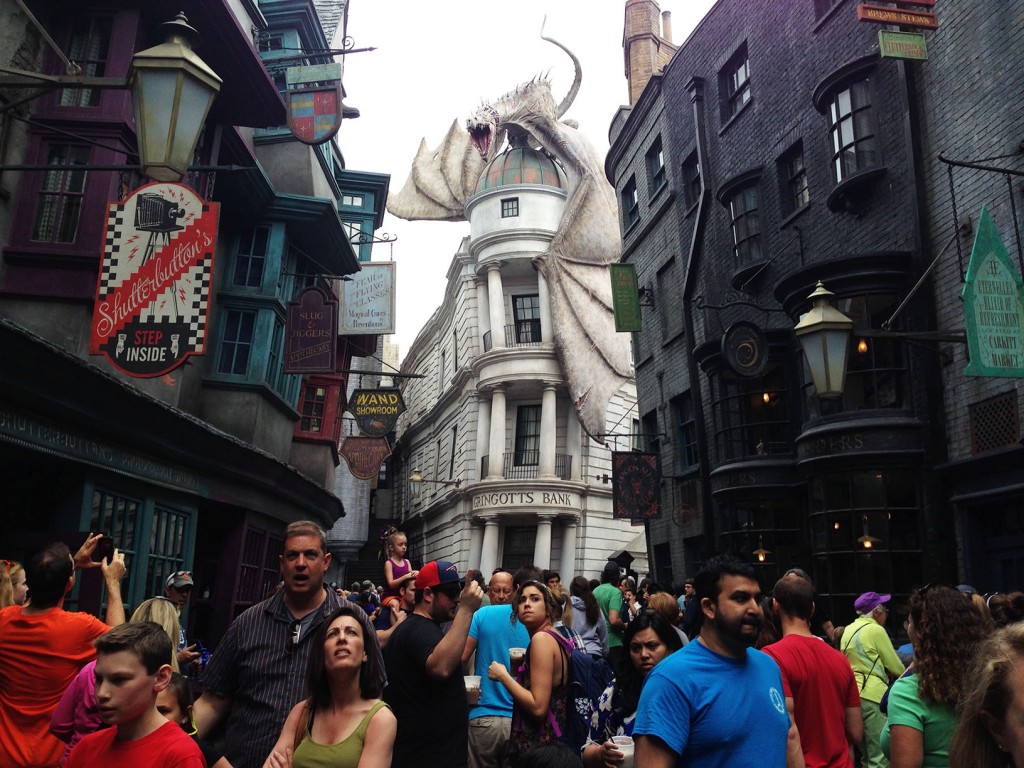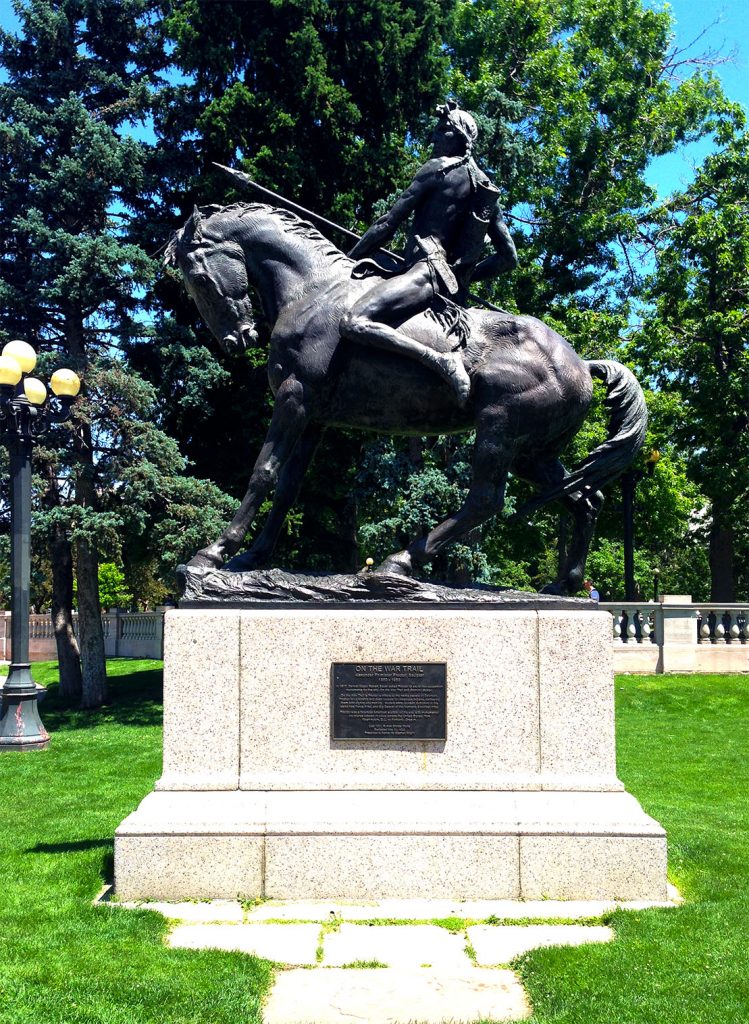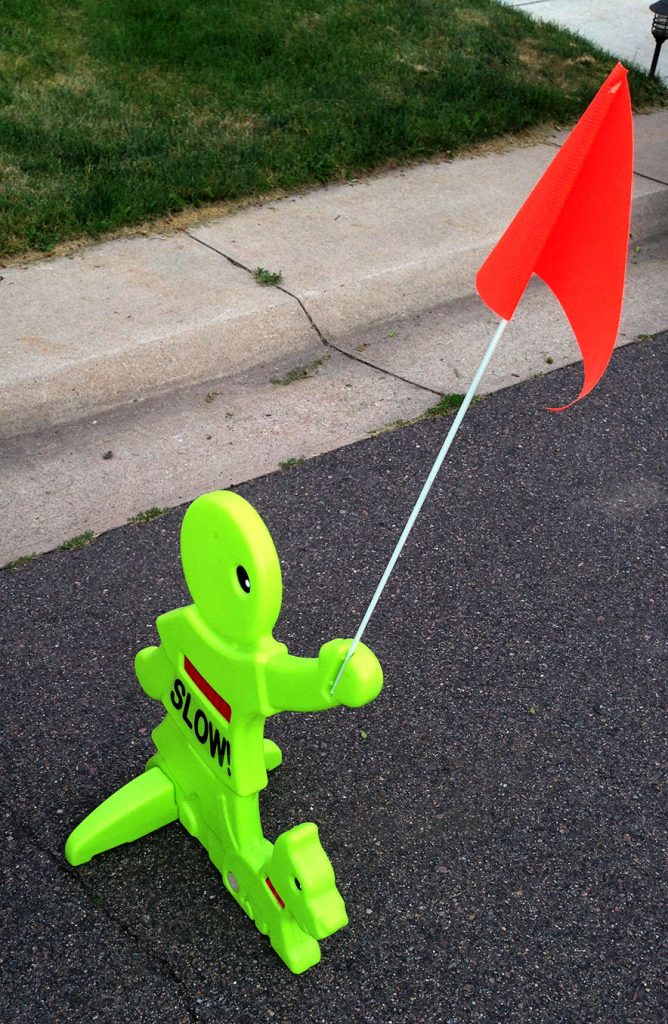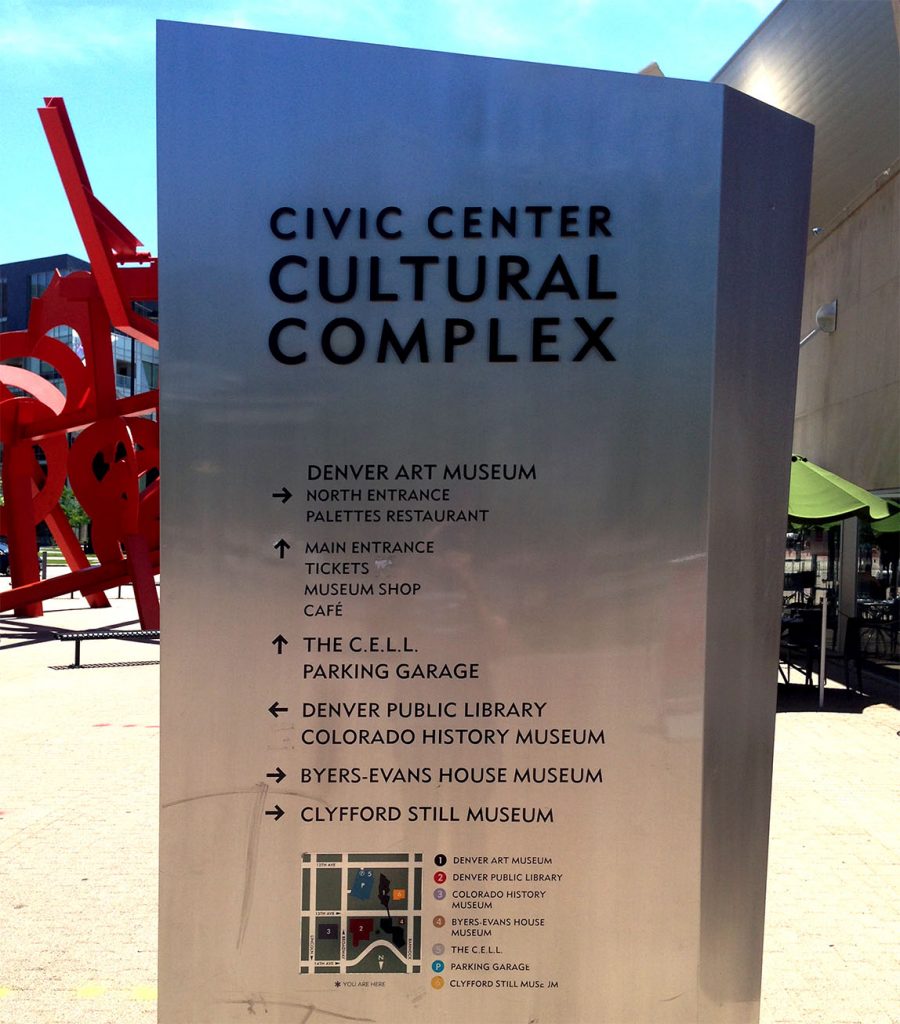Living: airbnb in Englewood, CO
Working: Modworks, Denver, CO
Laundry: @ airbnb
This week in laundry I play with the meaning of story.
At the advice of a friend bestowed in my brief two hours in Los Angeles, I joined the instagrams last week.
In the vast sea of modern social media, Instagram focuses on a visual form of storytelling. And, as a newly anointed instagrammer, I join a colossal community of visual storytellers, each in his or her own way producing some form of image or video that sculpts a social presence.
Each post is an act of story creation – a microstory in its own right.
And in the broader context of the poster’s arc of content, each micromoment works in motion with the others to create a cohesive arc. It is the story of the poster, created by the poster. Carefully cultivated through selection, it is the presentation of themselves. It is the story they tell to you about themselves.
It is their personal brand.
In the torrent of all this visual storiation, I can’t help but pose the question, “what, exactly, is story?”
A few years ago, when I attended the Themed Entertainment Association SATE conference, Raul Fernandez took a stab at answering the question.
For those of us in the themed entertainment world, or as we sometimes like to say, the industry of immersive storytelling, the definition of story is very important. Because the stories we construct – the stories you enjoy – don’t at all work like a novel. When you walk into Cinderella’s castle, or through though Diagon Alley, you’re not exactly experiencing a story the way you would if you were reading a fairy tale, or a Harry Potter book.
And yet, undoubtedly, you are experiencing a story. You are a part of a story. You are in the story.
If you stop to think about it – to think about how it feels when you’re totally immersed in the story of a great book – and then think about how it feels when you’re totally immersed in a great physical experience at a theme park – the pleasure that comes from both experiences are very similar, if only their methods much different.
One major difference however is plot. Traditional stories with linear narratives, be them novels, film, or television, feature a plot. Immersive worlds and themed lands, much less so.
Raul, at that most fateful SATE, made a point of making this distinction. Plot is the sequence of “if this, then that, so because of that, then this, but then this, so then that”.
Story, however, seems much more encompassing – more fundamental than plot. Story involves deep characters, and vast, rich worlds. Story evokes emotion. Story engages our attention. Story is enjoyable.
In fact, Raul pointed out that research has proven when information is presented through a story, we are much more likely to remember it.
I first encountered this in a class entitled “the Theory and Practice of Persuasion.” If you want your persuasive message to stick – here’s a simple trick – embedded it in a story. Because, research shows, you remember from stories much better than straight facts.
Ultimately Raul simply digressed in a simple statement “What is story? I don’t know.”
But I digress quite less.
In the meaning of meaning, I presented a simple model of communication involving an encoder and a decoder. An encoder encodes a message onto media, and a decoder decodes from the media.
In the realm of story, we colloquially speak in two ways: either of story, or of storytelling (which is told by storytellers). The story is the novel, or the movie, or the themed land we walk into. The story persists in the media. It was encoded into that media by a storyteller (an encoder) through storytelling (an encoding).
But what do you call the decoder?
There is no vernacular for this person. Most likely because when we think about story, this person is ourselves.
But a lack of a proper name for this component in the story cycle does story a huge injustice. Because I believe the most important part of the story lifecycle is not the encoded media, and not the storyteller, but the story consumer.
It is us, whenever we enjoy a story. For a story does not live, it does not exist, and it does not create pleasure, until we experience it. Until we consume it.
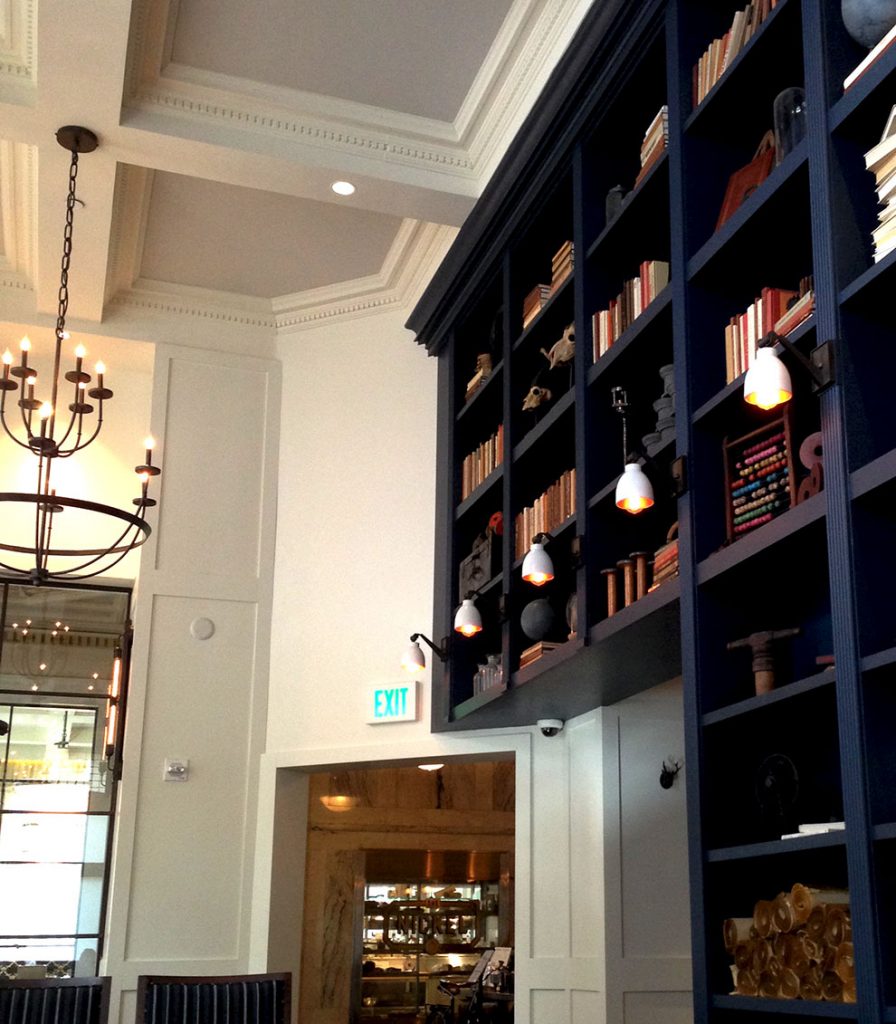
The Hotel Teatro coffee room tells a story of books, pages, ink, and binding with tweed, leather, and cast-iron reflections on Western roots.
The novel calls this the reader. Film calls this the viewer. The theme park calls this the guest. Cohesively, in the overarching realm of story, this is the story consumer.
Armed with this oft overlooked component in the story lifecycle, ourselves, the research on memory retention during story consumption breathes new life.
The research shows that our brains, when engaged in story consumption, process information in a different way than when disengaged. We know this because our brains do a better job of storing information when engaged through story.
When we consume a story, a part of ourselves engages the communication – engages meaning making – in a way that does not activate otherwise.
So whatever it is that story is, it is something that engages a specific part of our brain – the part of our brain that activates during story consumption.
While we’re getting closer, we still don’t fully have an answer to our question.

What story of Denver does this image convey? City of Industry? City of Adventure? A confluence, a crossroads, a modern American city raised from the hard old West.
I know just the man who does. His name is Brian Boyd.
I first encountered Boyd’s work through yet another industry presentation. From non other than the great Joe Rohde.
If you’re unfamiliar Joe Rohde is the creative lead for Disney’s Animal Kindgom theme park – the only Disney park to hold a singular sole at the helm from inception to present day. Joe Rohde has a great appreciation for both doorknobs and ear-hung-oddities. And, well, all sorts of things really (follow him on Instagram to learn them all).
Joe’s also an eloquent and frequent speaker. He travels with an evolving digital presentation that I like to call “The Joe Rohde traveling rohdeshow of Joe”.
On a slide buried somewhere in the middle of this presentation, lays this book by Brian Boyd.
Joe uses Boyd’s work in the presentation to address the nature of metaphor. He talks about metaphor in the context of our self-defense needs: it is far better to misidentify a stick as a snake, than fail to identify a snake at all.
In this argument, metaphor derives from a simple need to identify and categorize in order to satisfy any of the needs of the hypothalamus – hunger, reproduction, and threat response (aggression, or fear).
What Joe calls metaphor in this context, I call meaning making. Which just goes to show that making meaning serves a fundamental function for the hypothalamus long before it serves a function in communication.
It shows that meaning making is the process by which we serve our brains by translating our senses into something useful, whether that’s to identify a threat (snake) for our hypothalamus, or to decode a communication into a thought, or further to consume a story.
To give a context, Boyd’s background is in literary analysis, and not evolutionary psychology. Boyd divides his book into two parts. The first addresses his theory of story. The second applies that theory to literary analysis of Homer’s Odyssey and Dr. Seuss’s Horton Hears a Who! The whole text is academic and dense. And if I’m being honest, I haven’t quite made it through part two yet.
But the first half is amazing. Nothing short of brilliant. And it is here, in the first half of his book, Boyd presents his answer to the question “what is story?”
Story is a form of play.
Specifically, story consumption is a form of play that the story consumer engages in. The part of the brain that activates within ourselves during play is the same part of the brain that activates during story consumption. The thing that gives story its distinct storiness is the same thing that gives play its distinct playfulness.
Boyd asserts that all forms of art are a derivative of highly cognitive play, though his argument focuses on story (and not just narrative).
And I buy it.
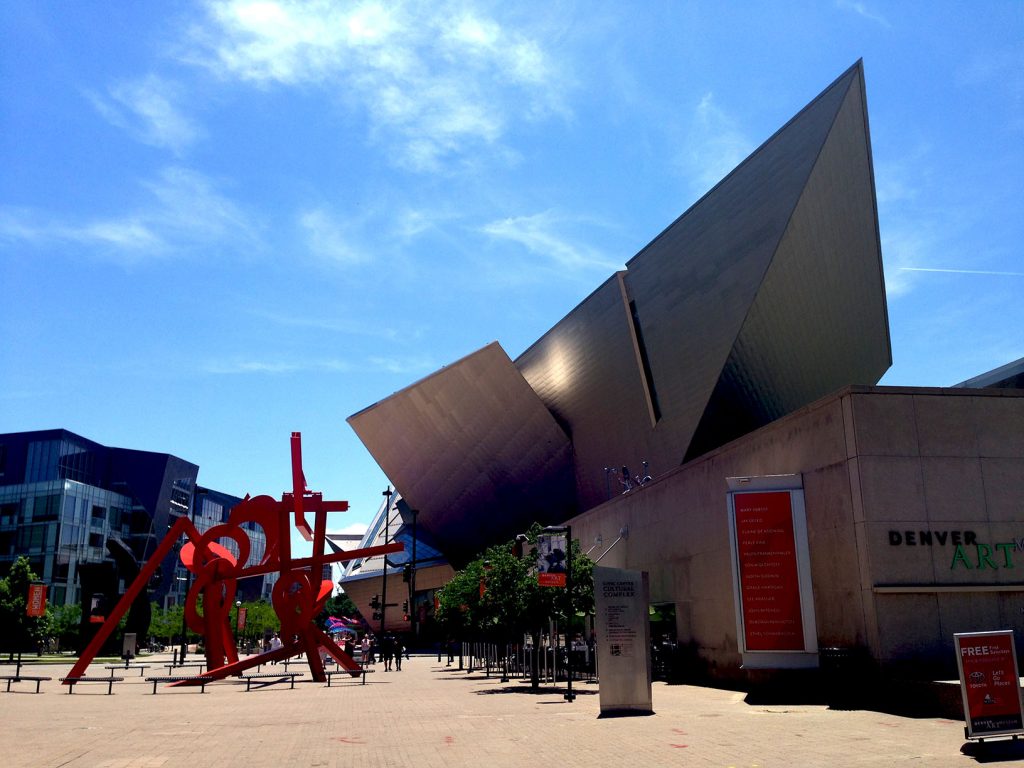
The Denver Art Museum, like the art within it, evoke the brain at play. The Architecture plays with the natural mountainous landscape that paints the western Denver skyline.
In fact, now that I’ve seen the argument, it seems so obvious that I don’t understand how I didn’t see it before.
The pleasure I experience when I play with words through rhyme, rhythm, or pun, to me feels the same as the kind of pleasure I experience when I walk through Disneyland. The enjoyment I feel when I toy with a hard engineering problem seems to me very similar to the ecstasy I feel when I binge on my favorite television program.
When I’m reading a great book – be it George RR Martin or Faulkner – and I create meaning from those words through space, texture, plot, and character – I don’t have a doubt in my mind that in those moments my mind is at play.
And most definitely, when I walk through Diagon Alley, and engage the vast story world of Harry Potter, my mind is at play.
So if story is really just a form of play, then what is play?
This should seem like a simple question. Every human, every mammal for that matter, engages in play. And we all seem to understand what play is, and how to interpret when someone else is engaged in play. But it turns out to be a very hard thing to define indeed.
Research in general yields controversial theory and mixed results – such as this researcher’s inconclusive years dedicated to meerkats at play. But non-the-less, we keep questioning play’s purpose, because play is so fundamental to who we are as people, and so pervasive throughout the animal kingdom.
Despite the mixed results, there is some consensus. As humans, it seems very clear that children use play as a way of figuring things out. In the early stages in our life, play is a fundamental form of learning through experimentation. How we play, or what we concentrate on while we play as developing children, depends very much on what new cognitive functions are coming online at the time.
When speech first arrives, we play with that in order to learn how to wield it. (If you pun as much as I do, then you still do). When we develop the motor skills to feed ourselves, we play with our food. When our social awareness starts to develop (which happens earlier in girls than boys), then we start to play with that.
This helps explain the spontaneous bursts of princesses and tea time at a certain age in young girls – both are forms of play that are concerned with social etiquette.
As we grow up and master certain skills, the forms of play change so that they focus less on what we’ve mastered. As humans though we’re always engaged in learning through higher cognition – we’re constantly trying to make sense of the world around us – of the people around us. So it makes sense that if play helps us make understanding of the world, then we leverage play to do so.
In this sense, facebook is simply an advanced form of play that helps us engage and understand the people and world around us.
If you were to add goals (they are there and implicit – more likes and shares mean more people see your content) then you have a form of play that we like to call a game. A game of storytelling. A game of story consuming. A game of story – which is just a special kind of play.
And if play helps us learn, then it would make sense if our brains were to place a priority on storing memories when engaged in play. That way, when we play, we have a better chance of recalling the lessons we’ve learned through play.
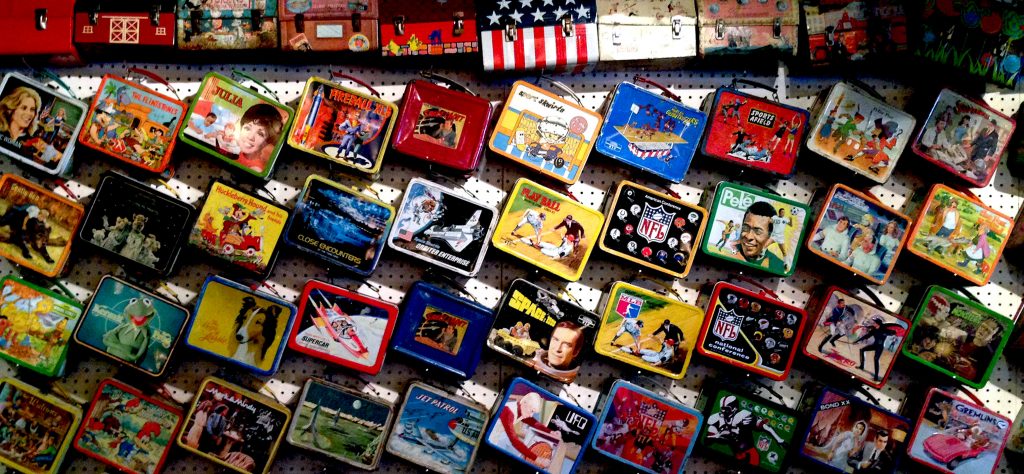
A playful presentation of a lunch box collection – each a unique story – each a form of play – decorating the utilitarian midday vessel of food.
If story is just another form of play, and if in play we remember better so that we learn better, then this explains why our recollection improves when information is presented within a story. Because information received in the context of story is information received in the context of play – when our brains are in a heightened state of memory making.
It just fits.
So when I started my laundry by saying I’m playing with the meaning of story – now that my clothes are clean and dry you understand my true meaning. I was really just saying that I was going to tell you a story about story. Or that I was just playing with play. Or am I just weaving a story of play?
Whether you agree with me or not on the nature of story, there’s one thing you can’t deny: each week, for the last twelve in a row, I’ve encoded the story of my life through these washing well posts with my most genuine of voice and heart – the purest, and most honest character of me. The ever learning, ever dreaming, ever hopeful, storyteller at play.
Won’t you come and play with me?
